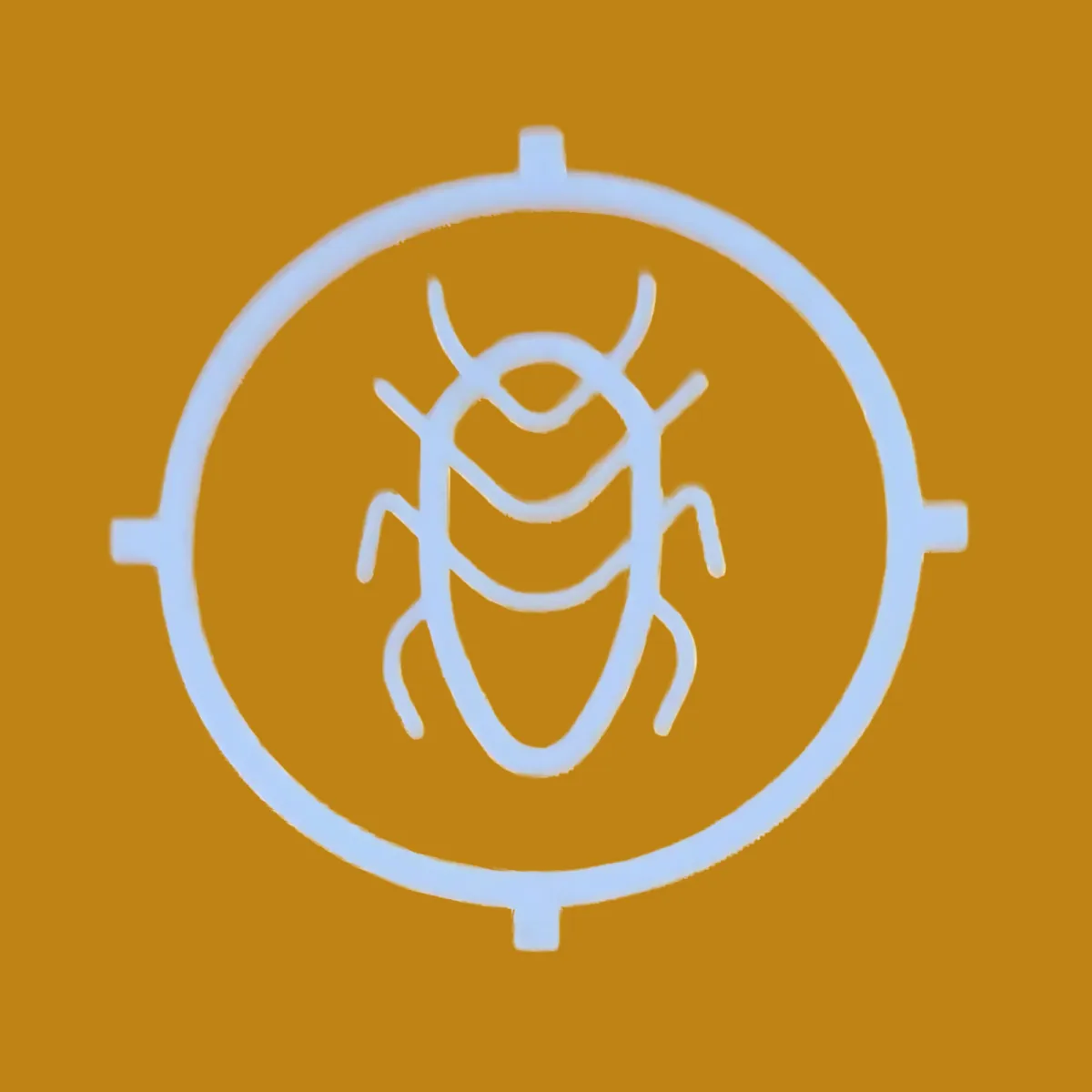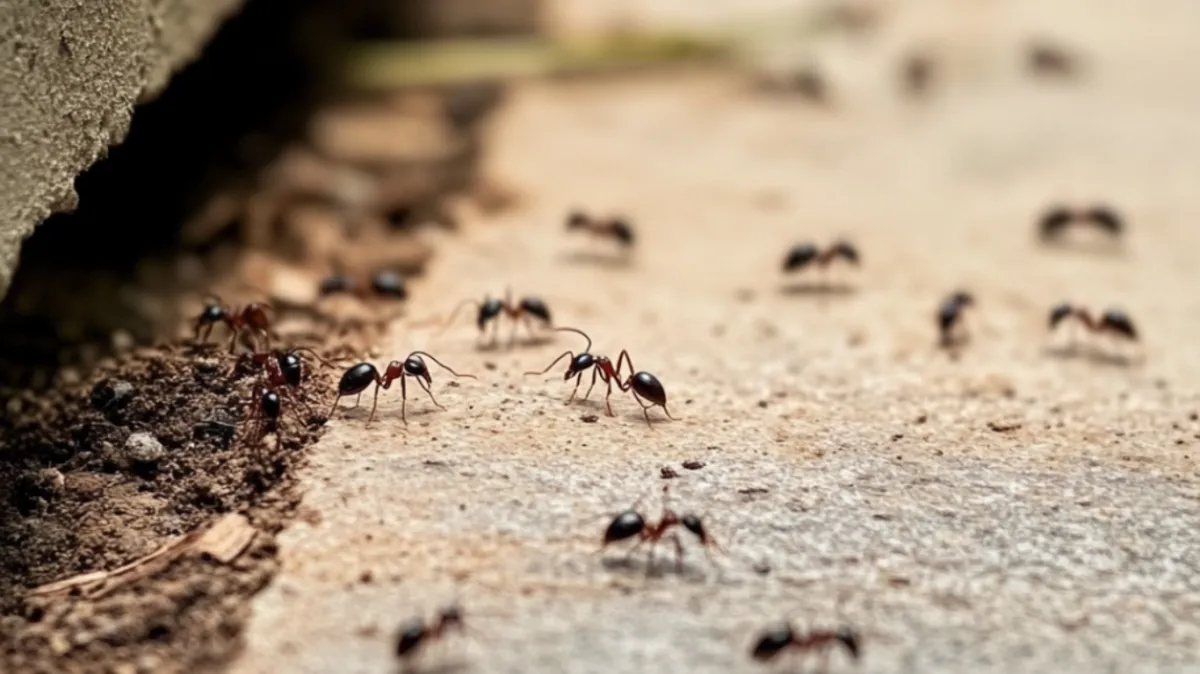
The Ottawa Pest Control Journal
Educational insights into how to keep your Ottawa home or business pest free

Spring Into Action: Preparing Your Home for Seasonal Pests
Home Inspection: Identify Potential Risks
Ensuring your home is fortified against spring pests starts with a detailed examination of potential vulnerabilities. Here’s how to conduct an effective home inspection:
Exterior Wall Assessment:
Crack Identification: Survey the exterior walls of your home for cracks or crevices that could serve as entry points for pests. Pay special attention to areas where utility lines enter, as these can often have small gaps.
Siding and Trim Inspection: Check for loose or damaged siding and trim. Repair any issues to close off hidden pathways pests might use to enter your home.
Foundation Examination:
Check for Cracks: Regularly inspect your foundation for any signs of deterioration. Seal any cracks or holes with appropriate materials like concrete patching compounds to deny entry to pests.
Weep Hole Inspection: Ensure that crawl space vents and weep holes are not blocked but are adequately covered with fine mesh to prevent pest ingress while maintaining ventilation.
Window and Door Seals:
Weatherstripping Check: Examine weatherstripping around windows and doors for wear and tear. Replace as necessary to maintain a tight seal.
Gap Sealing: Use caulk to seal any gaps around window and door frames. This not only prevents pests from entering but also enhances energy efficiency.
Roof and Eaves Inspection:
Landscape Management:
Vegetation Control: Keep all bushes, shrubs, and trees trimmed and away from touching your home’s exterior. This reduces the "bridges" pests use to access your house.
Debris and Leaf Litter: Clear piles of debris, leaf litter, and stored firewood from around the perimeter of your home. These can be ideal nesting sites for pests.
Water Management: Ensure proper drainage around your property to prevent standing water, which is a breeding ground for pests like mosquitoes. Check gutters and downspouts for blockages during regular inspections.
Seal Entry Points: Keep the Pests Out
Maintaining a pest-free home requires a vigilant approach to sealing up potential entry points. Here’s a detailed strategy to ensure your barriers are effective:
Caulking and Sealing:
Identify Vulnerabilities: During your exterior and interior inspections, note any visible cracks or openings. Focus particularly on areas where utility lines enter, such as water, gas, and cable conduits, as these are common entry paths for insects and rodents.
Apply Caulk: Use a high-quality silicone or acrylic latex caulk to seal these cracks and openings. For larger gaps, consider using expandable foam or cementitious fillers that provide a more robust seal.
Check Seals Annually: Regularly review the condition of caulk and seals, particularly before spring and fall, to ensure they remain intact and effective against pest invasions.
Weatherstripping:
Inspect Existing Weatherstripping: Check the current state of weatherstripping around all windows and doors. Look for any signs of deterioration such as cracking, peeling, or gaps where the seal may have failed.
Replace or Repair: Replace weatherstripping that shows significant wear or damage. For doors, consider using a combination of felt, foam, or vinyl strips to seal gaps. For sliding windows, brush strips or seal tapes can effectively block pest entry.
Enhance Coverage: Ensure that weatherstripping provides a complete seal around all edges. It should be tight enough to prevent pests from entering but still allow doors and windows to open and close smoothly.
Special Attention Areas:
Door Sweeps: Install or replace door sweeps on exterior doors, especially those leading to basements, garages, and attics. Choose sweeps with durable brushes or rubber seals that conform well to the threshold for a tight fit.
Vent Covers: Inspect and, if necessary, replace vent covers with models designed to prevent pest entry. Look for covers with fine mesh or grilles that allow air to pass but keep out even the smallest pests.
Pipe Entrances: For larger openings around plumbing or HVAC systems, use escutcheon rings or collars that fit snugly around pipes, closing off the surrounding space.
Clean Up: Reduce Attraction Factors
Maintaining cleanliness and order inside and outside your home is crucial in minimizing factors that attract pests. Here’s how you can effectively reduce these attraction factors:
Declutter:
Target Key Areas: Focus on cleaning basements, attics, garages, and utility rooms where clutter tends to accumulate. These areas often provide the dark, undisturbed spaces that pests seek for nesting.
Regular Organization: Make it a habit to organize these spaces regularly. Use storage containers that can be sealed to keep items off the floor and organize them neatly on shelves.
Dispose of Unnecessary Items: Periodically review stored items and dispose of anything that is no longer needed or has been damaged, such as old boxes, unused furniture, and outdated paperwork, which can all harbor pests.
Food Storage:
Secure Food Items: Store pantry items, including grains, cereals, and pet food, in airtight containers. This not only prevents odors from attracting pests but also keeps the contents fresh and free from contamination.
Fridge Maintenance: Regularly check the seals of your refrigerator and ensure it closes properly. Keep the interior clean and free of food spills to avoid attracting ants, roaches, and other pests.
Proper Disposal Practices: Use a garbage can with a tight-fitting lid and ensure that all waste is disposed of promptly. Rinse food containers before disposal to reduce odors and residues that attract pests.
General Cleanliness:
Regular Cleaning Schedule: Maintain a regular cleaning schedule that includes sweeping, mopping, and vacuuming. Pay special attention to kitchen floors and areas where food is prepared and consumed.
Immediate Spill Cleanup: Clean up food and drink spills immediately—delays can quickly attract ants and other pests.
Outdoor Maintenance: Keep the area around your home tidy by removing fallen fruits, trimming shrubbery, and clearing out yard debris, which can provide food and shelter for pests.
Natural Deterrents: A Safer Approach to Pest Control
Employing natural deterrents for pest control not only ensures a safer environment for your family and pets but also aligns with eco-friendly practices. Here’s how you can integrate these natural solutions effectively:
DIY Solutions:
Essential Oils: Utilize essential oils like peppermint, which repels ants, and eucalyptus, which is effective against spiders. A few drops in water can be used to make a natural spray that discourages pests without the use of harsh chemicals.
Vinegar Solutions: Create a simple spray solution using vinegar and water to deter a variety of insects including spiders. Vinegar’s acidity is unpleasant to many pests, making it a great barrier spray.
Citrus Peels: Use citrus peels around entry points. The strong smell of lemon, orange, and grapefruit peels is effective at keeping spiders and ants at bay.
Baking Soda and Sugar: A mix of baking soda and powdered sugar can help control roach populations. The sugar attracts the roaches while the baking soda reacts fatally with their stomach acid.
Predatory Plants:
Lavender: Plant lavender around your garden and entryways. Its strong fragrance repels flies, mosquitoes, and moths.
Marigolds: The pyrethrum found in marigolds is a natural insect repellent. Plant these around your home to keep mosquitoes and aphids away.
Chrysanthemums: This plant contains Pyrethrin, a natural insecticide that repels roaches, beetles, ticks, and silverfish. They can be planted in garden beds or pots around the home for broad coverage.
Basil: Grow basil in pots near doorways or in your kitchen garden. Basil’s strong scent repels thrips, flies, and mosquitoes.
Professional Pest Control: Your Springtime Ally
As springtime rejuvenates the natural world, it also invites a host of pests into your living spaces. Partnering with a professional pest control service like Wayne’s Pest Extermination can safeguard your home against these seasonal invaders. Here’s why relying on professional expertise is critical:
Routine Checks:
Comprehensive Inspections: Our trained technicians perform thorough inspections to pinpoint areas of vulnerability where pests are likely to enter or have established presence.
Seasonal Readiness: We understand the cyclic patterns of pests and can prepare your home for spring, when many species become particularly active.
Immediate Identification: Early detection of potential infestations can prevent widespread pest problems, saving you time and money in the long run.
Customized Treatment Plans:
Tailored Solutions: We develop treatment plans tailored to the specific conditions and challenges of your property. Whether you’re dealing with ants, spiders, or rodents, we have a strategy to handle each scenario.
Eco-Friendly Options: Our commitment to safety means using treatments that are safe for both your family and pets. We prioritize eco-friendly and sustainable practices that effectively manage pests without adverse effects.
Follow-Up Services: Post-treatment, we provide ongoing monitoring and support to ensure pests do not return, offering peace of mind throughout the season and beyond.
For more details on our services or to schedule an inspection, visit [https://waynespestexterminationottawa.com/ ]. Embrace a pest-free spring and enjoy peace of mind knowing your home is protected.

Schedule a Pest Inspection
Ready to schedule a pest inspection? Contact us today.
